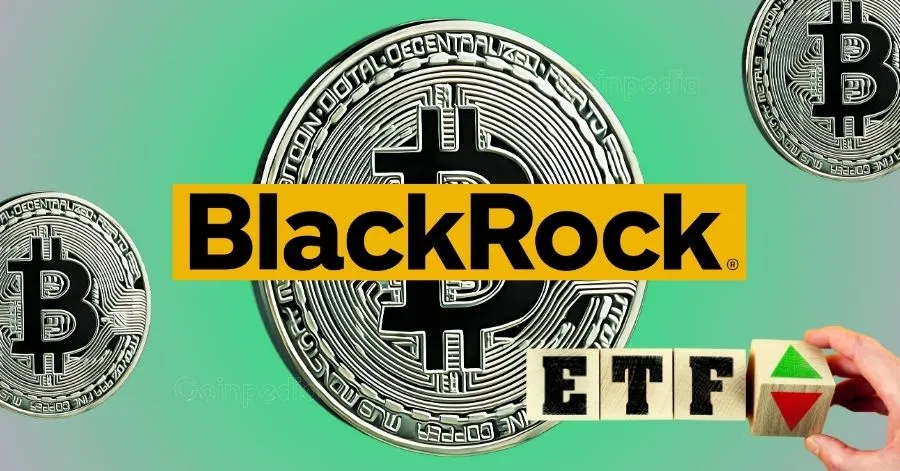
The cryptocurrency market will prepare for a fall as liquidity tightening resumes after the US debt ceiling is resolved, market players say.
The restoration of the U.S. Treasury Department’s general account and the shrinking of the U.S. Federal Reserve’s (Fed) balance sheet have removed hundreds of billions of dollars of liquidity from the financial system, jeopardizing crypto asset prices in the coming months. become a burden.
The easing of liquidity earlier this year has boosted risk assets such as stocks and cryptocurrencies. Bitcoin (BTC) soared to a high of $31,000, followed by speculation on memecoins.
But if US lawmakers approve an increase in the government’s debt ceiling, that trend will turn and put pressure on risk assets.
Government deposit account replenishment
First, the U.S. Treasury will have to replenish the nearly completely depleted Government Savings Account (TGA), which would replenish about $500 billion in cash from the financial system. means that
“Risk assets are likely to be particularly hard hit as they tend to be more sensitive to liquidity conditions than safer investments such as bonds and stocks,” said macro analyst Noelle Acheson. Acheson said. She further continued by stating:
“One of the tailwinds for the market in the first half of the year was the Treasury’s withdrawal of money from the Fed.
“Now the opposite is likely to happen: governments will need to issue bonds to replenish account balances, and bond issuance will draw liquidity out of the market and back into the finance minister’s account. ”
Fed quantitative tightening
The general account replenishment comes as the Fed continues its quantitative tightening to shrink its bloated balance sheet to support the economy during the pandemic. Tightening was paused in March due to the US regional bank crisis.
Macro analyst Lyn Alden called the situation a “negative double whammy for liquidity.”
“Many large-cap liquidity-focused stocks will be less attractive in the coming months unless or until there is more clarity about the liquidity situation ahead,” Alden said.
“It’s an environment for investors to know what they own, prepare for volatility and avoid excessive leverage.”
A bill to temporarily suspend the debt ceiling would also have a negative impact on liquidity, according to Tom Dunleavy, founder of Dunleavy Investment Research.
Several key points in the bill, including curbing non-defense spending, recovering unused pandemic relief funds, and resuming student loan payments, constrain the available funds left for consumers to invest. He tweeted when it happened.
“Liquidity will be very negative,” Dunleavy said.
2/4 Key points:
1) would raise the debt ceiling for 2 years
2) caps nondefense spending for the next 2 years
3) clawback some unspent covid 19 relief funds (estimates on the $ amt vary)
4) cuts IRS funding
5) restarts student loan payments
— Tom Dunleavy (@dunleavy89) May 28, 2023
The U.S. House of Representatives is expected to vote on the bill on May 31.
Crypto markets are poised for shocks from tightening liquidity, less likelihood of Fed rate cut later this year, and current trading environment with low volatility and low volumes, institutional investors say Trading platform FalconX said in a newsletter.
“This macro scenario (…) makes us think we may be in the calm before the crypto storm,” said David Lawant, head of research at FalconX.
|Translation: coindesk JAPAN
|Editing: Takayuki Masuda
|Image: Shutterstock
|Original: Bitcoin, Crypto Prices Brace for Downturn in Coming Liquidity Shock, Observers Say
The post Crypto assets such as Bitcoin are “calm before the storm” ── liquidity decline due to debt ceiling problem solution | coindesk JAPAN | Coindesk Japan appeared first on Our Bitcoin News.

 2 years ago
165
2 years ago
165













 English (US) ·
English (US) ·